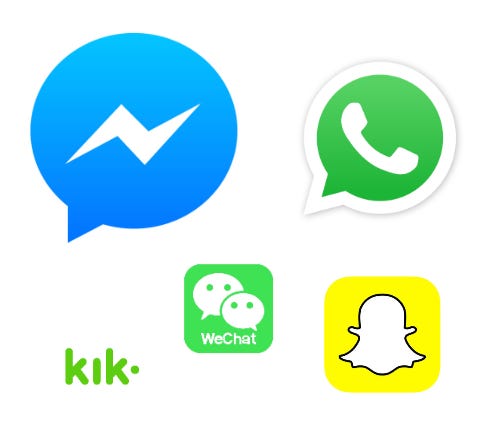Back in 2013, the world didn’t need another chat app. Or so it seemed. Email was already everywhere. Tools like Messenger, WhatsApp, snapchat, wechat, kik and even internal company messengers were doing a good job. Or so it seemed.
Then came Slack. Quietly. And it exploded.
Not overnight, but fast. Real fast.
It wasn’t even a product at first
Slack started as a side tool. It was something the team at Tiny Speck, a gaming company, built to talk internally while making their game. But the game didn’t take off. The chat tool did.
They looked at it and thought, “Hmm, maybe this is the actual product.”
They were right.
The GTM game plan
Slack didn’t go the usual route. No cold calls. No giant marketing campaigns. No flashy launches.
Instead, they went for teams, not entire companies. Let the small groups try it. Let them fall in love. Let them spread it on their own.
Small win. Big impact.
Product First. Always.
People could just sign up. No sales pitch. No demo booking.
Instant access. Simple flow.
And once they were in? Slack made sure they stayed. It felt intuitive. It worked well. The onboarding was smooth. The tone was friendly. Not stiff.
It felt... human.
Let users do the selling
Slack had this smart viral loop.
You sign up.
You invite your team.
They invite others.
Before long, your whole company’s on Slack. Without anyone officially planning it.
That’s powerful. Organic growth. Built-in distribution.
Beta? More like “Build with Us”
Before they launched to the public, Slack ran a closed beta. They didn’t just collect feedback. They acted on it. Religiously.
Bugs? Fixed.
Features? Added.
Design? Polished.
So when the public launch came around? It didn’t feel like version 1.
It felt solid.
No sales team in the beginning
At first, there wasn’t even a sales team. They didn’t need one.
The product was the sales team.
People signed up for free. They liked it. They upgraded when needed. No push. No pressure.
It worked.
Later, when big companies started knocking, they built a sales team. But it was to support, not to chase.
The brand felt... Different
Slack didn’t sound like an enterprise tool. It was casual. Friendly. Easy to relate to.
Their homepage said things like:
“Be less busy.”
Even their error messages made people smile.
This tone made Slack stand out in a sea of boring, corporate noise.
The results? Wild !!
15,000 users signed up on day one
500,000 daily users within a year
$0 spent on traditional ads early on
Acquired by Salesforce for $27.7 billion
Yes, billion.
So what did Slack do right? A lot. But here’s the short list:
Use beta testing as a GTM tool
Focus on user experience
Let word-of-mouth do its thing
Easy? Nope.
Effective? Very.





